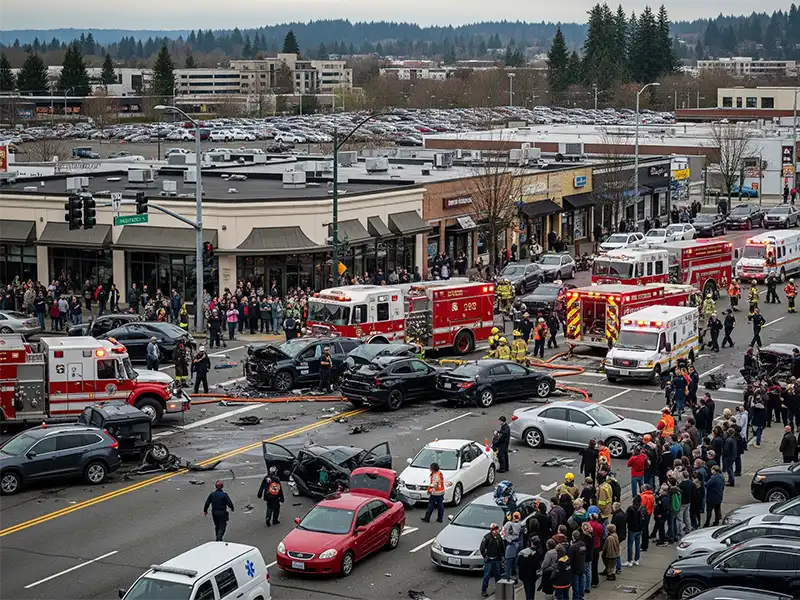Understanding Comparative Fault in Washington
- Home
- /
- Personal Injury
- /
- Motor Vehicle Accidents
- /
- Understanding Comparative Fault
Understanding Comparative Fault in WA
Table Of Contents

What Is Comparative Fault?
Comparative fault, also known as comparative negligence, refers to situations where more than one person is partially responsible for an accident. In a car crash, for example, both drivers might have made mistakes that contributed to the collision.
Rather than one party being entirely at fault, the law allows blame and compensation to be divided based on each person’s share of responsibility.
How Washington’s Pure Comparative Negligence Law Works
Washington follows the pure comparative fault rule under RCW 4.22.005. This means:
“Any contributory fault chargeable to the claimant diminishes proportionately the amount awarded as compensatory damages.”
In plain English: even if you were partially at fault, you can still recover compensation, but your total recovery will be reduced by your percentage of fault.
For example:
- You are awarded $100,000 after a crash.
- You are found to be 30% at fault.
- You can still recover $70,000 (100k minus 30%).
Why Fault Matters in Personal Injury Claims
Insurance companies and courts use fault percentages to determine:
- Whether you can receive compensation
- How much your compensation should be reduced
- Whether another party can countersue you for damages
Understanding your exact level of fault is critical. Even a small shift in percentage can mean thousands of dollars difference in your final recovery.
How Insurance Companies Use Comparative Fault Against You
Insurance adjusters are trained to look for ways to shift blame onto you, even when the other party is clearly at fault.
They might:
- Misinterpret police reports
- Pressure you to admit partial responsibility
- Claim your injuries were made worse by your own actions
- Offer reduced settlements based on inflated fault percentages
How a Lawyer Can Protect Your Rights
At Morgan Hill PC, we assist clients across Olympia and Washington in fighting back against unfair fault claims. We will:
- Investigate the accident and gather evidence
- Interview witnesses and obtain expert opinions
- Work with reconstructionists to challenge exaggerated fault assignments
- Negotiate for your full share of compensation
- Take your case to court if necessary
Schedule a Free Consultation
If you’re being blamed (even partially) for an accident, don’t take chances. A skilled personal injury lawyer can make the difference between a denied claim and a successful recovery.
Call Morgan Hill PC today for a free, no-obligation case review. You don’t pay unless we win.
FAQ: Comparative Fault in Washington
Q: Can I still file a claim if I was partly at fault?
A: Yes. Washington allows you to recover damages even if you were 99% at fault, your compensation is reduced accordingly.
Q: Will my fault percentage be decided in court?
A: Not always. It can be negotiated with the insurance company or determined by a jury if the case goes to trial.
Q: Can I be blamed just for not wearing a seatbelt?
A: Possibly. Washington law allows insurers to argue that your injuries were worse because you weren’t wearing a seatbelt, which may reduce your compensation.
Q: Should I talk to the insurance company about fault?
A: Not before speaking with an attorney. Even casual statements can be used to assign you partial blame.